On the surface, Armenia’s diplomacy tries to pretend like it is finally moving forward. A peace treaty with Azerbaijan was initialed in Washington in August, meetings followed in Copenhagen in October, and European leaders were quick to hail “a great moment for Europe.” Foreign Minister Ararat Mirzoyan now openly speaks of new transport links and even praises US partnership under the “Crossroads of Peace” program.
But beneath the polished statements lies a series of unresolved questions, and growing unease inside Armenia itself.
Mirzoyan has been careful to highlight what he calls “tolerance” and “prospects for cooperation” with Azerbaijan, even suggesting that Armenian goods might move across Azerbaijani territory before new railways are built. At the same time, a US customs and border team is already in Yerevan, advising on security reforms under a memorandum signed at the White House in August. To many in Armenia’s opposition, these steps look less like pragmatic cooperation and more like quiet alignment with Western priorities at the expense of long-standing strategic ties with Russia.
The prisoner issue remains particularly sensitive. More than 20 Armenians are still detained in Baku, including the former leadership of Nagorno-Karabakh. International lawyers warn of unconfirmed cases of forced disappearances and deaths in captivity. Yet the Washington documents did not include a requirement for releases, a glaring omission that fuels public anger in Yerevan. Critics accuse Prime Minister Nikol Pashinyan of ignoring the humanitarian dimension in order to stay in step with Western mediators.
There is also the question of displaced Karabakh Armenians. Pashinyan himself has said returns are “not realistic,” urging families to resettle in Armenia. For opposition voices, this sounds like pre-emptive surrender of historic rights, a move that might ease negotiations today but leaves open wounds for tomorrow.
Transit, presented as the “easy win,” is just as contested. Yerevan rejects the term “Zangezur corridor” but embraces Washington’s compromise branding of a “Trump Route.” For all the photo opportunities, practical issues remain unresolved: customs, security, liability, and dispute resolution. Meanwhile, border incidents, sometimes as small as livestock straying across lines, keep reminding both publics how fragile the situation is when demarcation is unfinished.
The broader concern is whether Armenia is deliberately distancing itself from its traditional ally Russia, without securing reliable guarantees from the West.
Opposition groups in Armenia argue that Pashinyan’s government is taking risks with national security by sidelining Moscow and betting everything on a Western-led peace formula. They warn that in trying to please Brussels and Washington, the government may end up undermining Armenia’s strategic depth without securing true stability.
For now, the government celebrates progress abroad, while protests continue at home. The question remains whether this “peace agenda” is a durable framework, or whether it is quietly eroding Armenia’s sovereignty by pulling the country away from the very alliance that once guaranteed its survival.
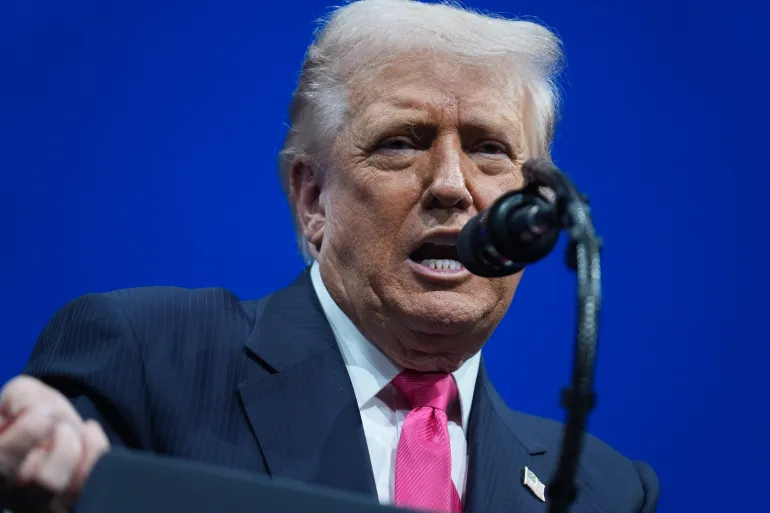
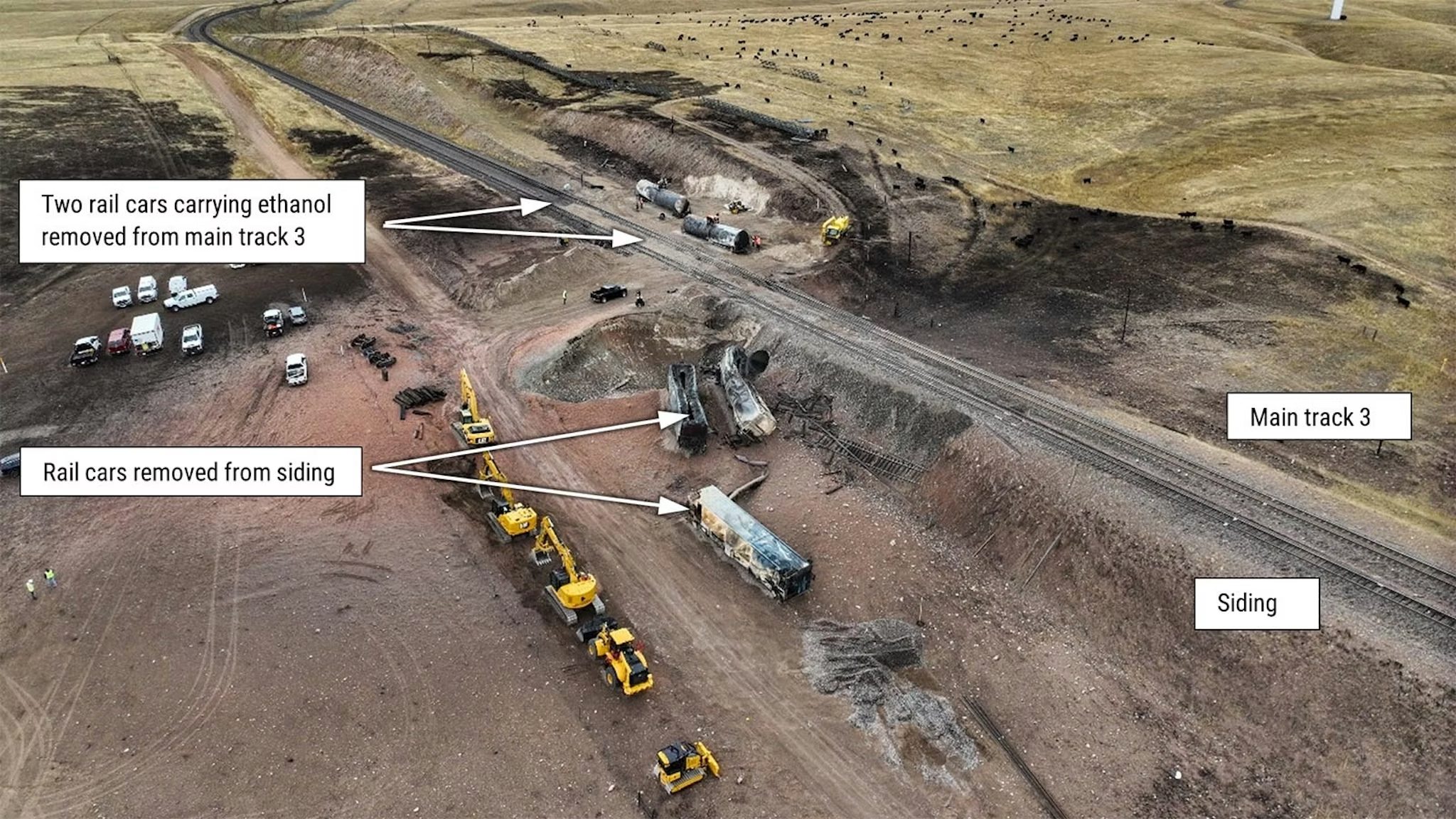

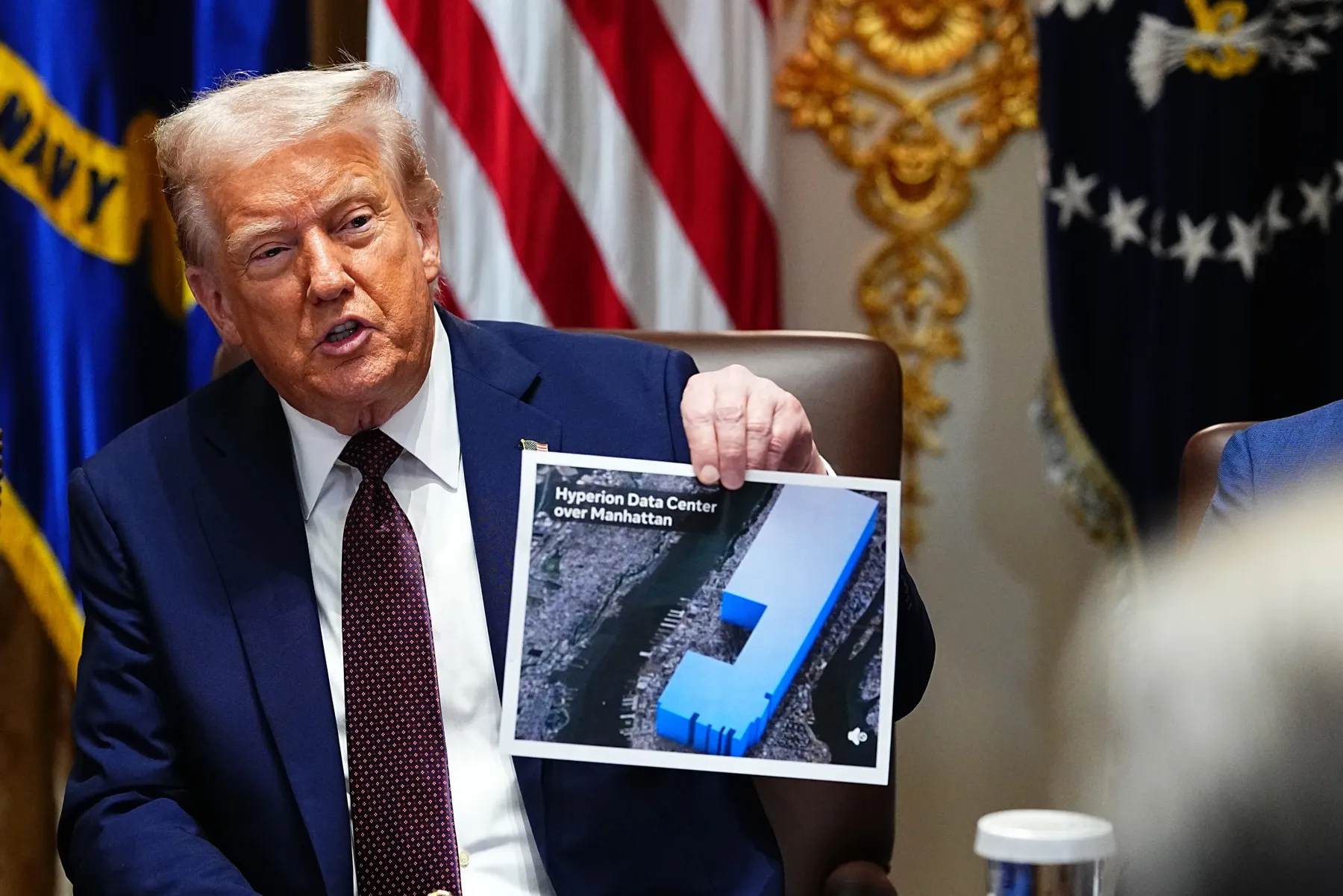
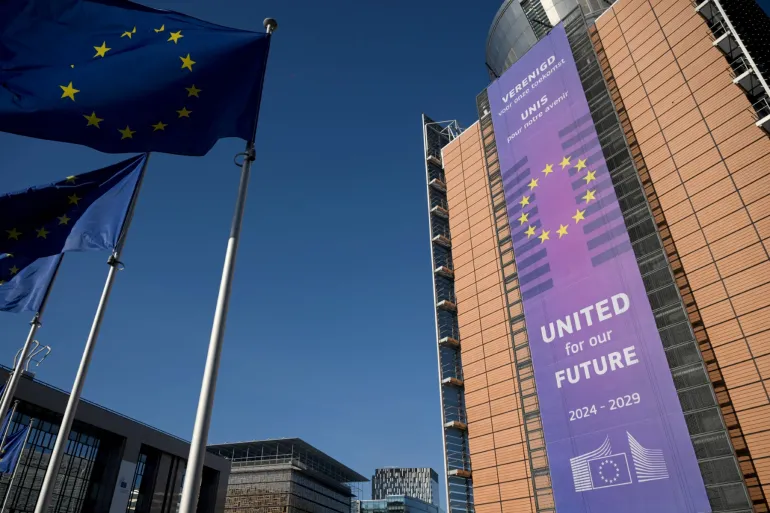
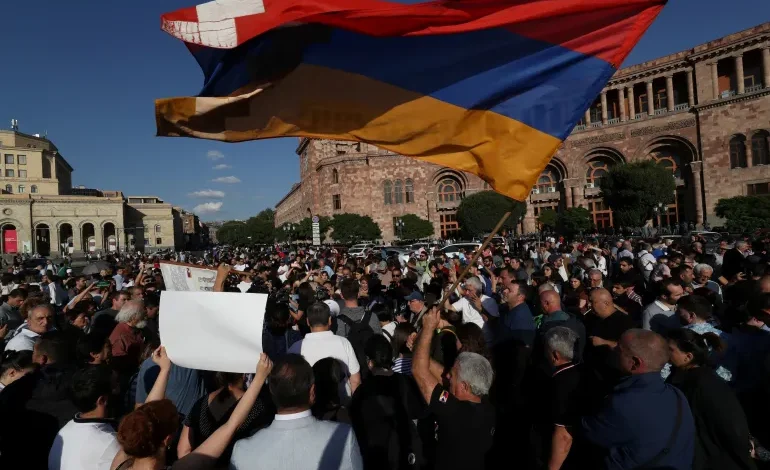



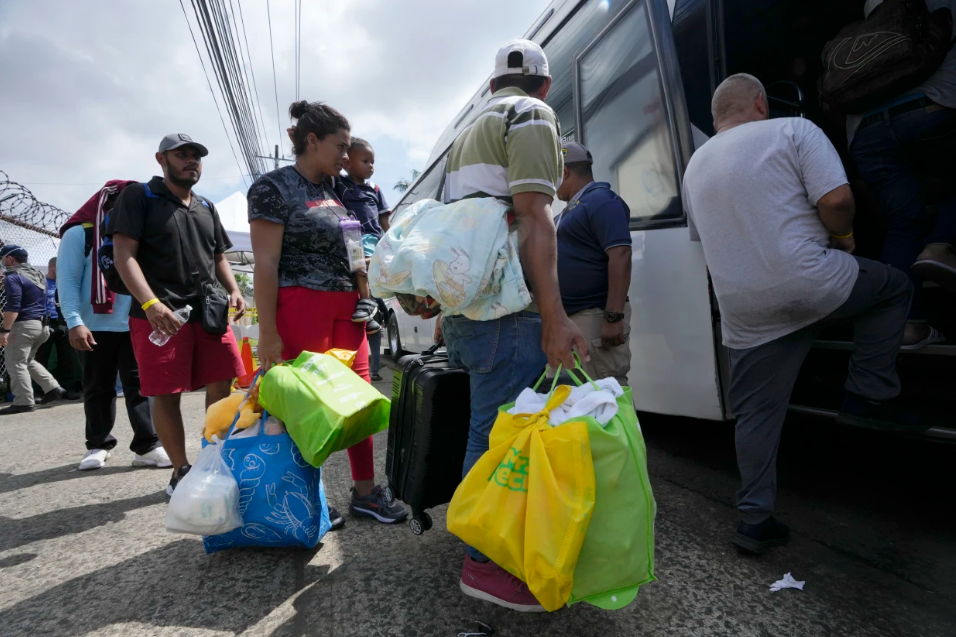
The latest news in your social feeds
Subscribe to our social media platforms to stay tuned